Switching our army paint schemes in Warhammer 40,000: Dawn of War was cool and all, but what if you could paint the troops however you wanted? That’s the premise of Moonbreaker, a turn-based tactics wargame with digital miniatures. Having recently entered Early Access, Moonbreaker eagerly awaits your flailing attempts at painting.
Moonbreaker certainly has some moon-breaking in the mix, potentially for the mystical resource Cinder. Cinder is what runs the in-match economy for summoning units and using their abilities. Outside of battles, things are decidedly less magical: there’s regular game currency as well as the inevitable premium currency to spend your hard-earned money on.
Piles of pixels
That’s because Moonbreaker, like any miniature game, is a collectable miniature game. You don’t start with full faction rosters to pick from when collecting your force. With the army size being one Captain and 10 crew, a starting player may not even be able to fill it out with crew soldiers from a single faction. And to fill out the ranks, they’ll have to rely on random booster packs.
Of course, there is absolutely nothing forcing you to only use crew from just one faction in your army. In fact, there are benefits from mixing and matching. Different factions have somewhat different specialties, and each Captain (they’re the big cheese who starts on the field) can change the way a deck plays massively. There’s a difference between having a kill bot Captain who can get stuck in melee — giving out shield boosts (both purposefully and whenever an enemy dies close by) or blending surrounding units in a flurry of blades — and a (weak) ranged leader who makes unit deployment cheaper and can get a freshly deployed unit to act immediately.
The deployment mechanics in Moonbreaker are fairly CCG: you have your roster (hand) and reserve (deck); you have Cinder, which is automatically generated every turn (more and more each turn); and you need Cinder to both deploy units and to bring them from the reserve into your roster. And that’s it! No discard pile/graveyard exists — yet. If a unit goes down, it stays down for the rest of the match.
No resin blood for Cinder!
Oh, and as I mentioned before, Cinder is what you use to power any abilities that aren’t movement, basic attacks, or passive. Want to heal an ally with your cowardly med bot? That’s two Cinder. Want to use AoE attacks? That’s some Cinder. AoE attacks are very powerful in a game of fairly fragile units and small arenas with a reasonable amount of cover. In fact, some units with AoE blasts don’t even have regular (read: free) attacks.
And just like in Warmachine, your Captain is all that matters in Moonbreaker. Lose them and you lose the game; crew, as they say in Call of Duty 4: Modern Warfare, is expendable.
Now, one big thing that sets video games above miniature wargames is that you can make rules as complex as you want. After all, it’s for the computer to keep it all going like the nerd it is. Despite that, the rules in Moonbreaker are fairly simple: units have their health, attack value, attack type (ranged or melee), and potentially active or passive abilities. It’s many times less intricate that what you’d see in, say, Dominions.
Friendly to the player-type person
This is to the benefit of the players, of course. You don’t have to perform non-Euclidean math to figure out how strong a unit is or how it slots among your other crew. It’s a very notable difference from, say, Total War: Warhammer, which overloads you with unit stats and abilities. No JRPG HP numbers in this game: in Moonbreaker, 3 is for puny units, most regulars are in 5-6 range, and anything above a 10 is a badass.
Same simplicity applies to abilities as well. Tipu (a lizard) gets +1 HP and +AP whenever they attack. Having Poison on an attack brings any crew model hit to 1 health. See? Easy to read, easy to understand.

It is by having more than 16 HP that you can tell who the captain is even without the game’s copious tool tips and unit data.
To get more units, you need to buy or gain boosters. These give three units per, unless they’re duplicates. In that case, you gain progress towards increasing the rarity level. But since this isn’t a bad 40K mobile game, rarity increases bring the only thing that matters: visual embellishments (sadly, not yet implemented).
One thicc coat
And once you have your hands on a mini in Moonbreaker, you can start painting it. Developer Unknown Worlds was serious about this part; quite like painting a physical miniature, customization includes painting, washing, air brushing, stippling, and decals. By changing the size of your brush and zooming in and out, you can do some large-scale work as well as intricate freehand drawings.
It’s a fairly realistic depiction of painting miniatures, with some nice differences. You can’t spill your paint on the table, you can’t apply paint in layers that are too thick or too thin, you don’t have to drill barrels or remove mold lines, and if you mess up, you have an undo button. There’s even an auto-masking feature which allows you to paint only on a certain segment of the mini. For example, as long and you click on the sword blade when you stat painting, none of the paint will get onto the hilt.
This is contingent on the judgment of developers when they were splitting the miniatures into these segments, but it mostly works. There are some issues with the exact placement of paint (or paints appearing on the other side of the part), but it’s still a lot better than doing it in real life.
Back on the realism, washes will be as miraculous – and, in large quantities, messy — as in the real world. Dry brush, as always, is of big help, but has to be applied sparingly. All in all, I’m looking forward to painting these miniatures that I don’t own, didn’t pay for, won’t play with friends with, or even like that much, in order to ignore my real-life painting commitments.
Quite naturally, with such freedom for players to determine the skins of their armies, there’s massive opportunity for abuse. Racists, transphobes, and other pests may only have one joke, but some of them can draw. So you shouldn’t be surprised to eventually run into offensive images or depictions. The developer seems to be aware of that, as one of the options when interacting with your opponent is to report behavior and hide their skins.
The option is much better than just throwing, especially if you still beat them at the game. And it’s much faster than explaining to the devs which part of the paintjob is what crypto-fascist shibboleth.
You also play this game
But hark, I haven’t even talked about Moonbreaker‘s play modes! There’s three of them now. Death matches vs. players, deathmatches vs. AI, and ‘Cargo Run’ — linked deathmatches vs. AI with persistent armies and upgrades. In the latter, cargo boxes randomly appear on the table as the only way for players to maintain parity, as army and HP losses are permanent. But if you do well, you can end up with ridiculously boosted troops and a reserve brimming with quality talent. That’s besides getting army-wide upgrades, such as the one where damage done to your Captain deals 1 damage to every enemy, or another that grants the Grappling Hook ability to your entire crew.
One great temporary (only for the match) Cargo Run upgrade makes Assists recharge a lot faster. In all games modes, you get to choose from two sets of three Assists, which work independently of the Cinder economy. And they come in a many varieties: gravity vortexes to pull troops inwards, aerial bombardments, invincibility shield (for a turn), returning crew to roster and healing them, deploying your most expensive troop in the roster for free in a random spot and dealing them two damage, etc. Assists can really make or break some situations – luckily, you don’t get to pre-choose the combo that most matches your list.
Naturally, in Cargo Runs, any sort of healing is invaluable.
Moonbreaker also features a season system, and it’s as long and grindy as any I’ve ever seen. But unlike stuff in, say, Halo Infinite, it doesn’t have Season Passes (yet), so you can potentially grind up all the stuff – including swag like alternate captain models. They’re called skins in the game, but seriously, they’re much more transformative than the word “skin” would imply.
This is going to take a bath in Simple Green
Speaking of which: Moonbreaker looks good! Granted, there’s not much actual animation involved as the miniatures are as dynamic as the name would imply. They hop around on their bases and gyrate to represent attacks. The only decidedly non-real-life-miniature thing they do is collapse into chunks upon defeat. Luckily, the particle effects and the art direction pick up the slack.
It also helps that Moonbreaker has plenty of unit barks. All too often do wargame produces overlook the importance of a good unit bark. And they full of character and flavor, if a bit twee at times for my liking. I’ll still take them over Total War‘s approach of zero flavor — only shouts of “[unit type]!”, “charge!,” etc.
The future of Moonbreaker largely depends, in my opinion, on increasing the amount of play modes as well as variety in battle types. For one thing, I’d love it if the developer embraces the idea of asymmetric scenarios. Though feared by the regular miniature tournament scene as being unbalanced (though the mere idea that stuff like Warhammer 40K is in any way balanced is laughable), they should be an easier sell when armies cost nothing to collect, battles take up to 15 minutes to complete, and the time investment to get a minimally painted army is even smaller than that.

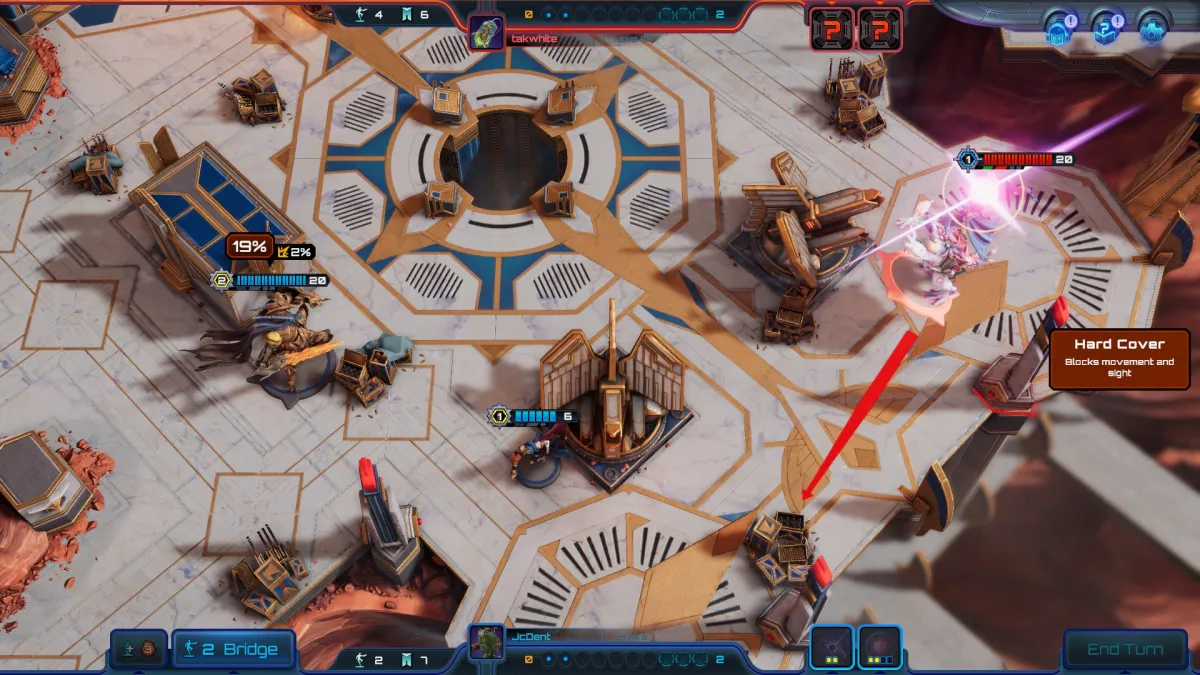






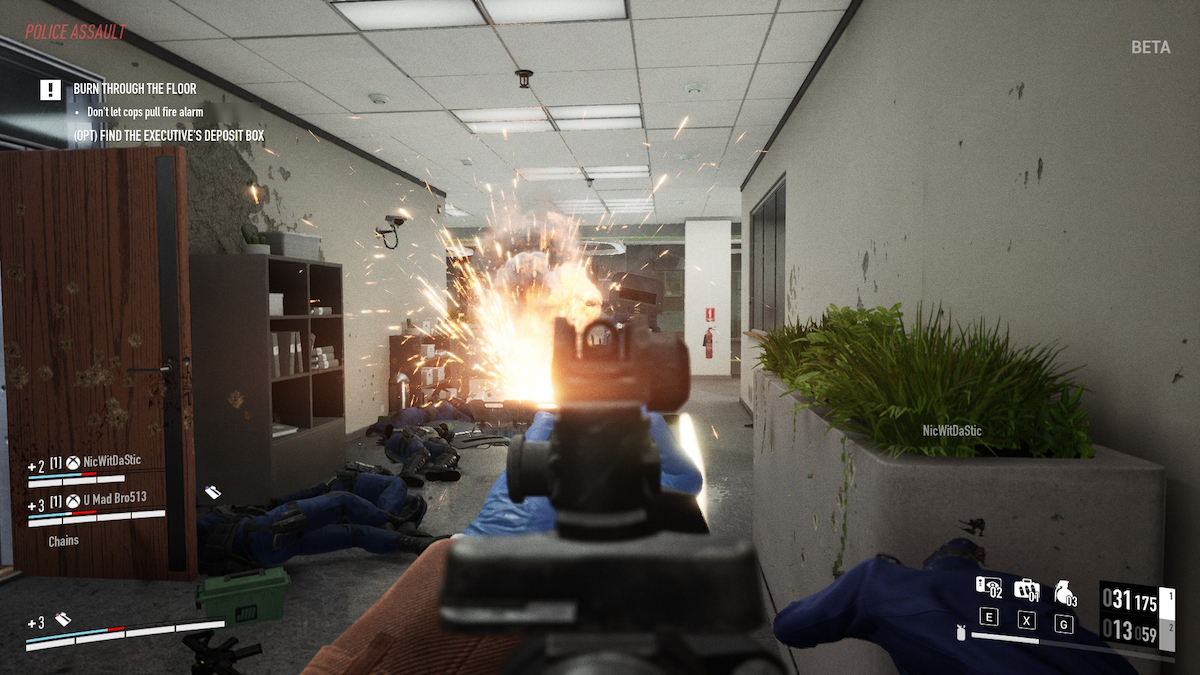
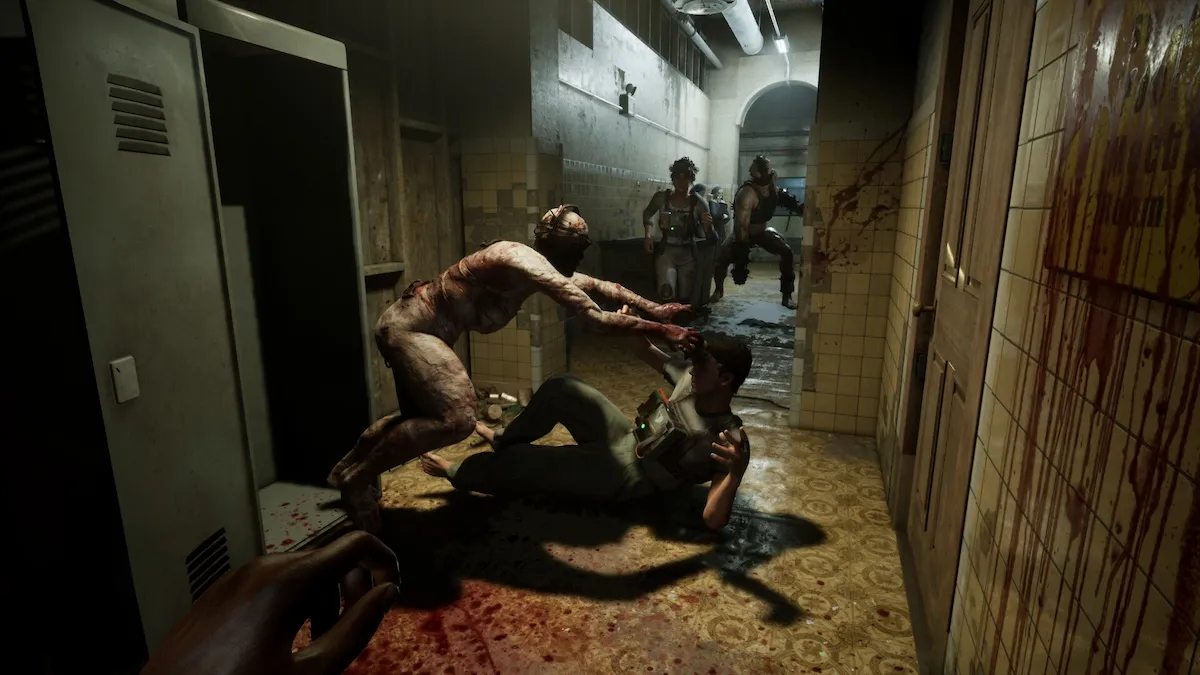
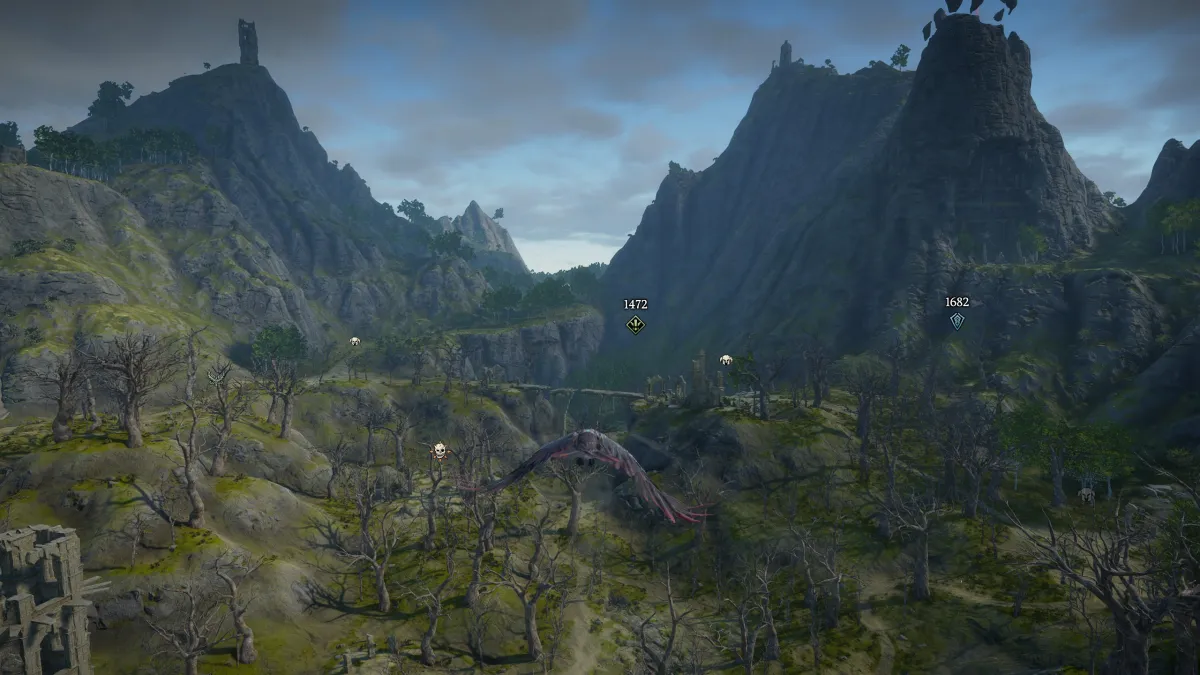
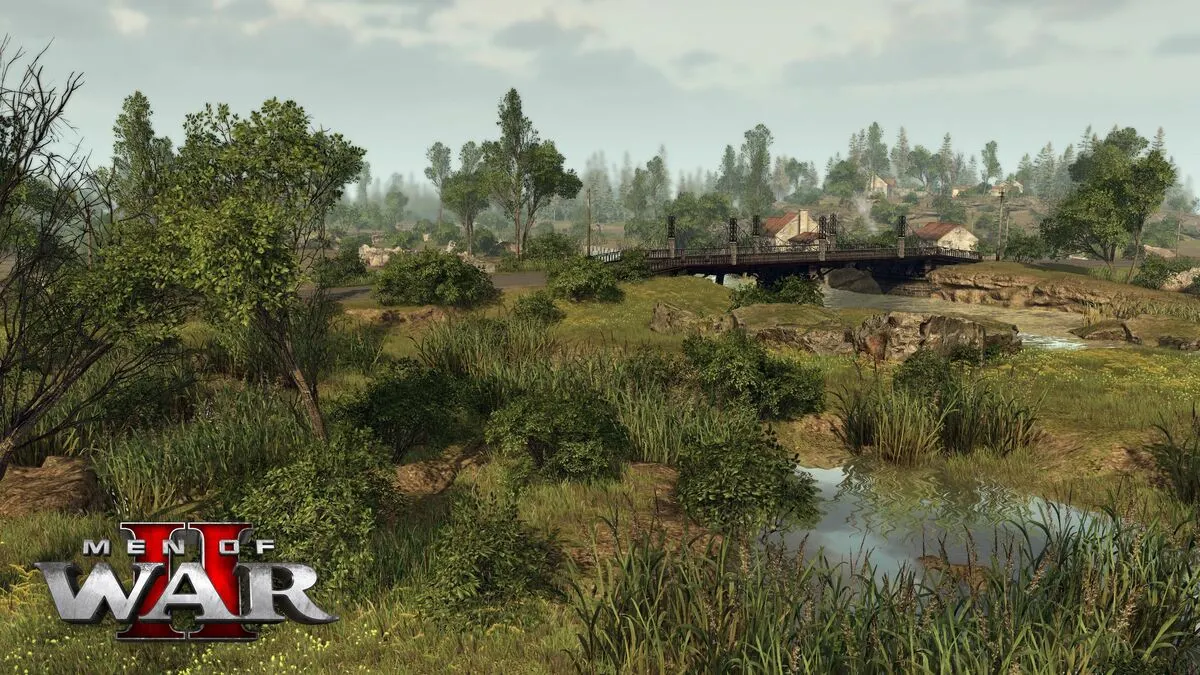
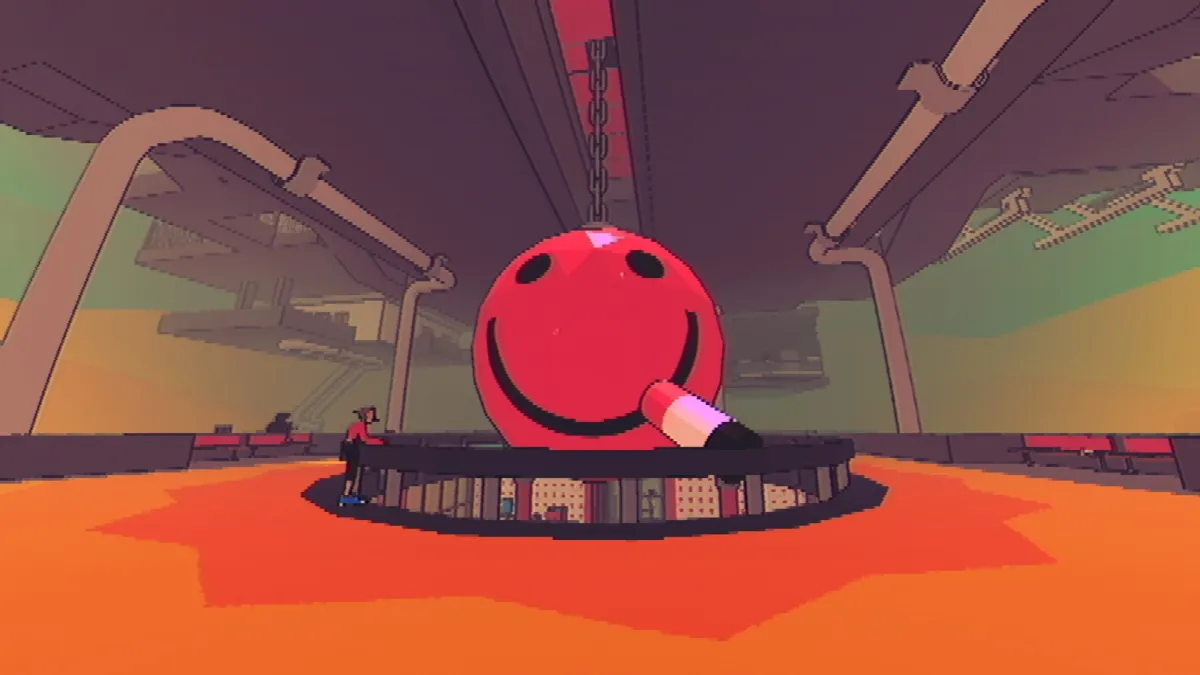
Published: Oct 3, 2022 10:45 am